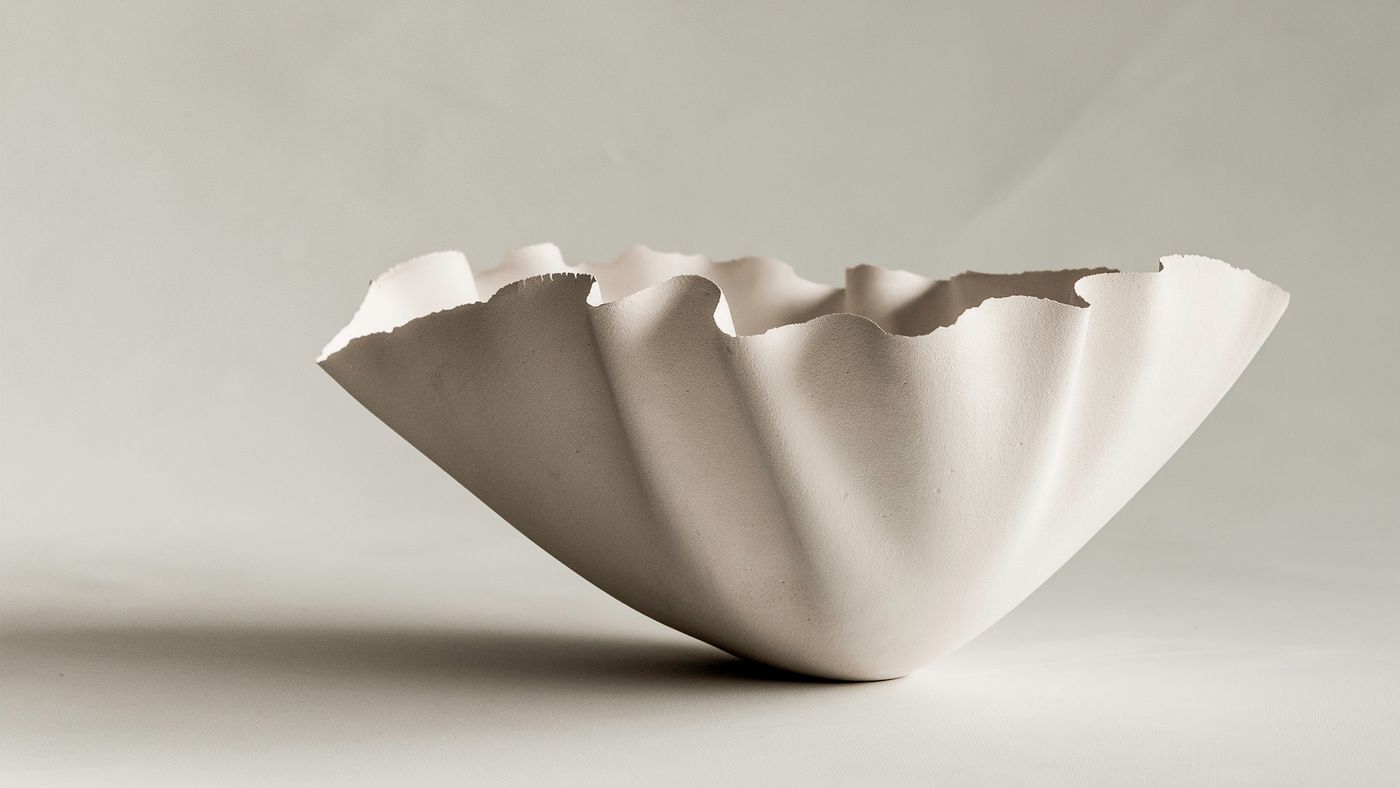
Catenary Pottery Printer by 'Great Things to People' studio
Words by Kiriakos Spirou
Location
Great Things to People (gt2P) is a design group based in Santiago, Chile, that are known for their organic forms and integrated design projects. One of their recent experiments however, is a machine prototype called ‘‘Less: No.1 Catenary Pottery Printer (CPP)’’, a device which allows for beautiful porcelain objects to be created in a catenary mould made out of fabric. Inspired by advanced design software, gt2P studio wanted to move parametric design away from its usual computer-driven environment, and combine it with traditional crafting techniques.
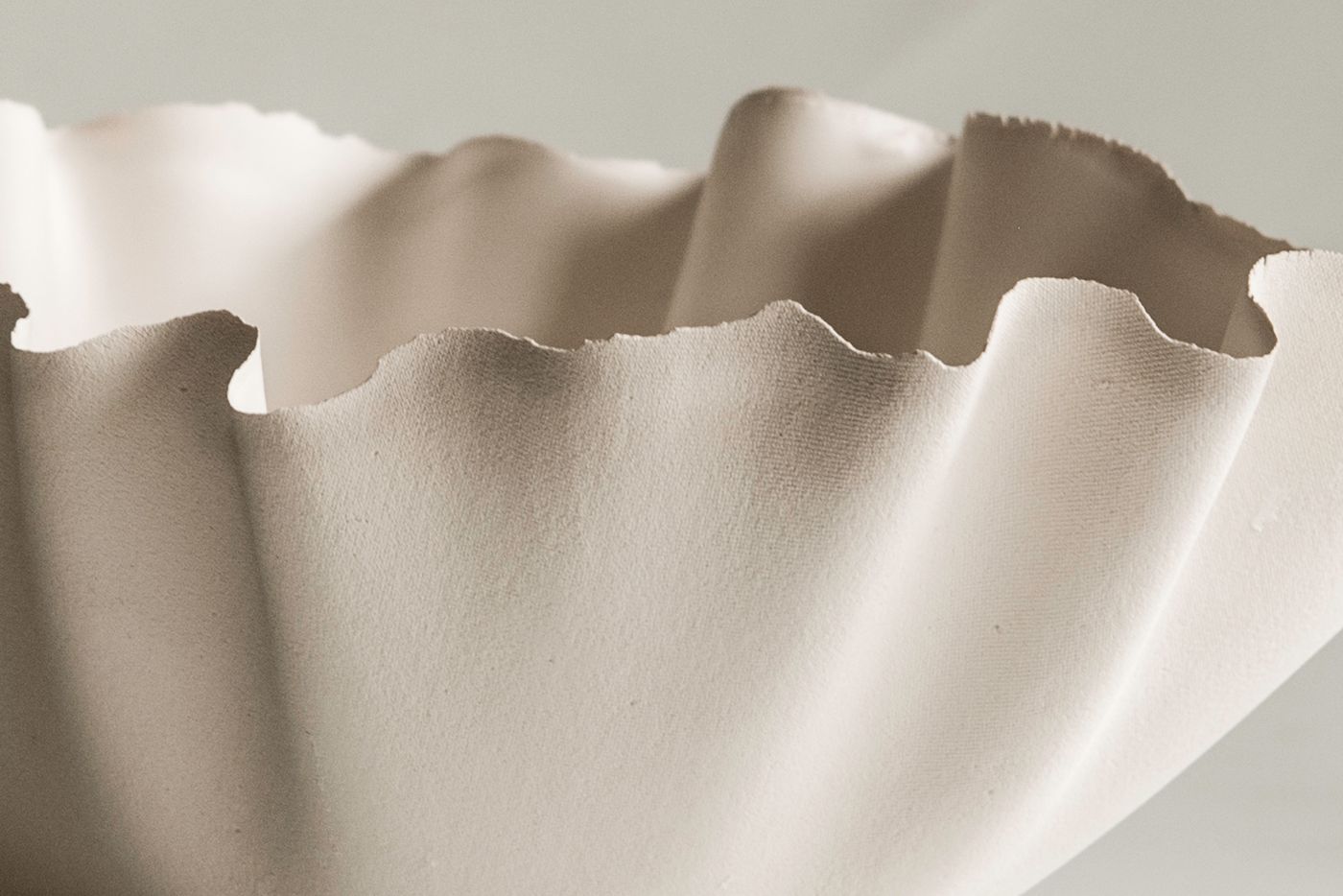
Photo © Victor Imperiale.
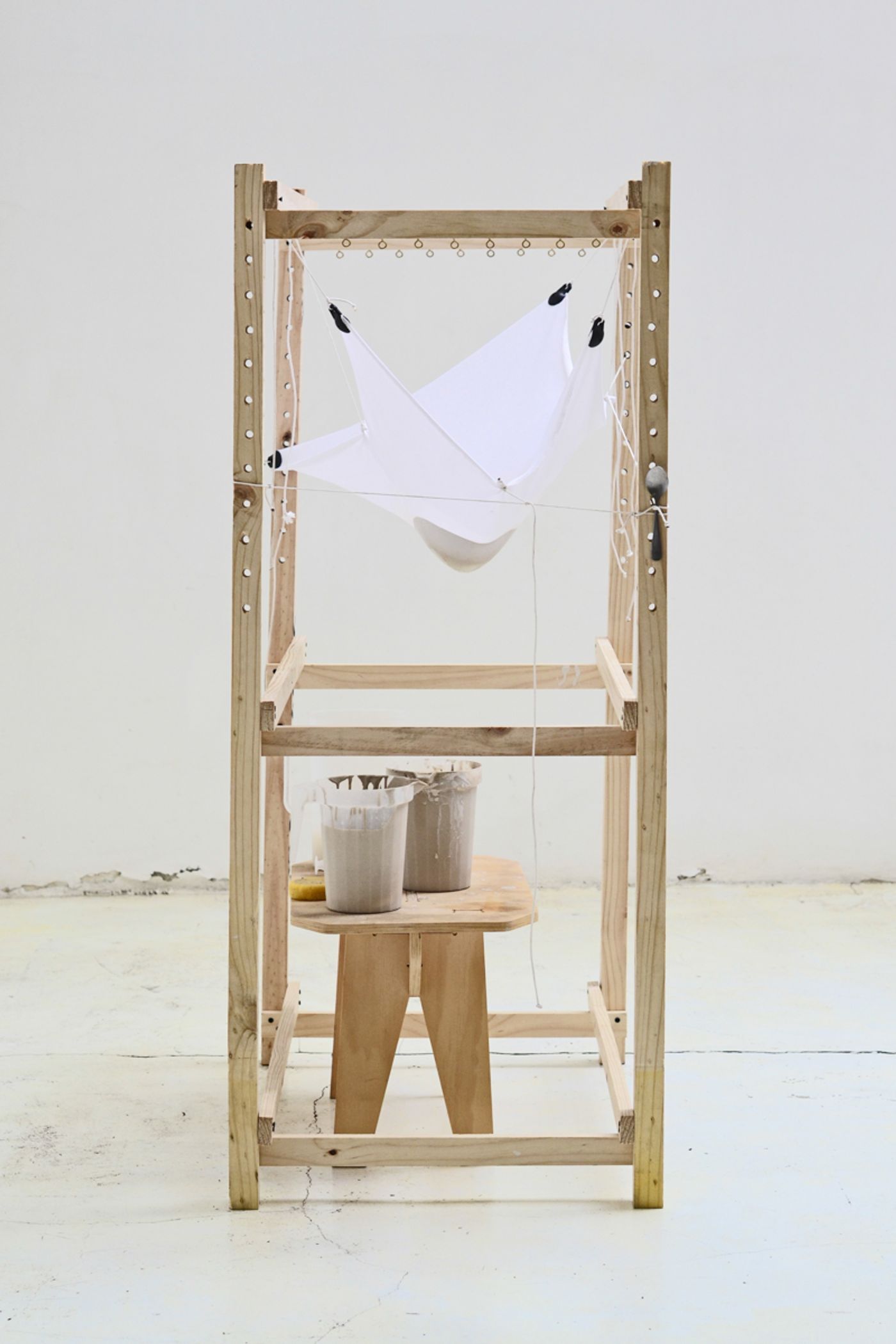
Photo © Victor Imperiale.
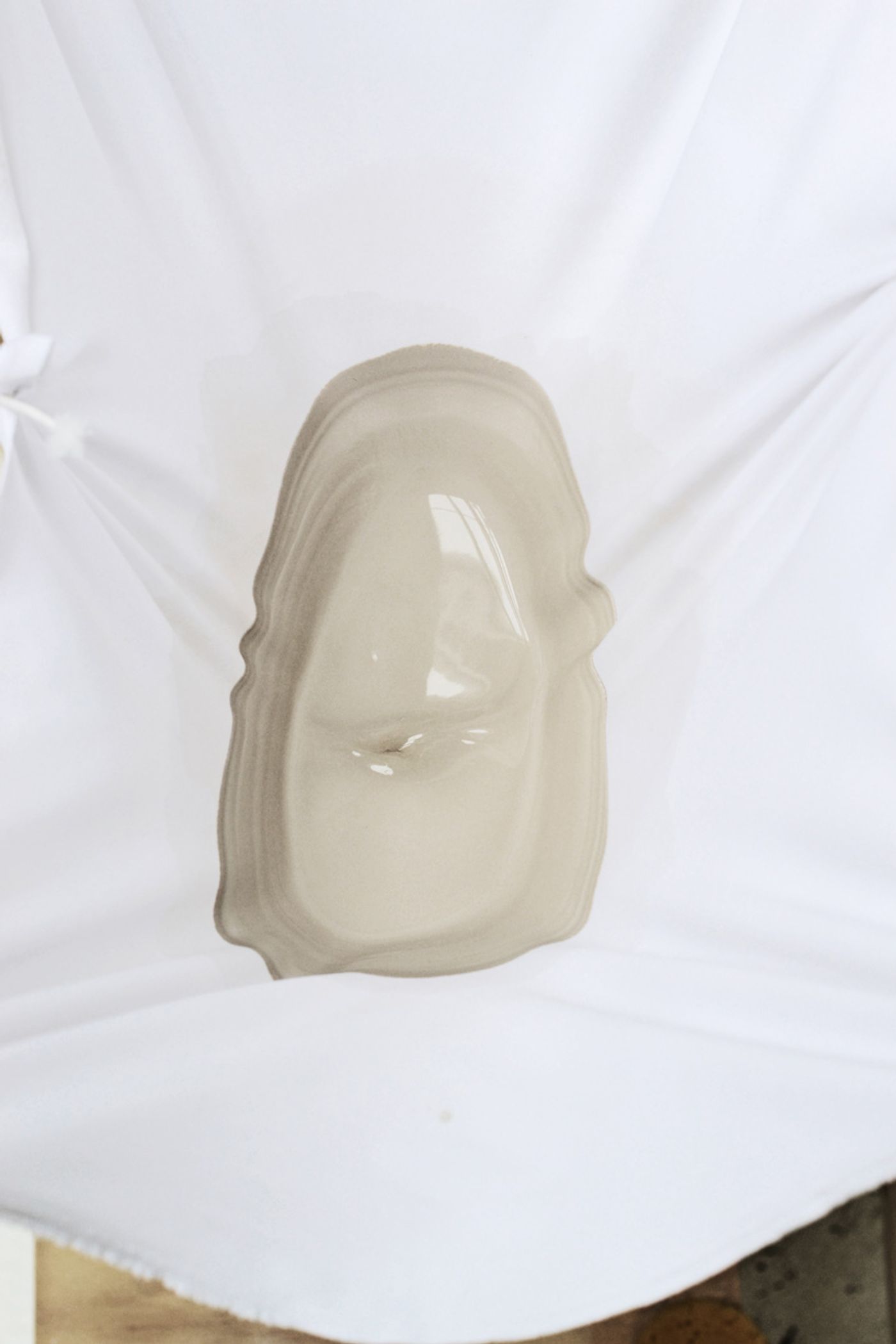
Photo © Victor Imperiale.
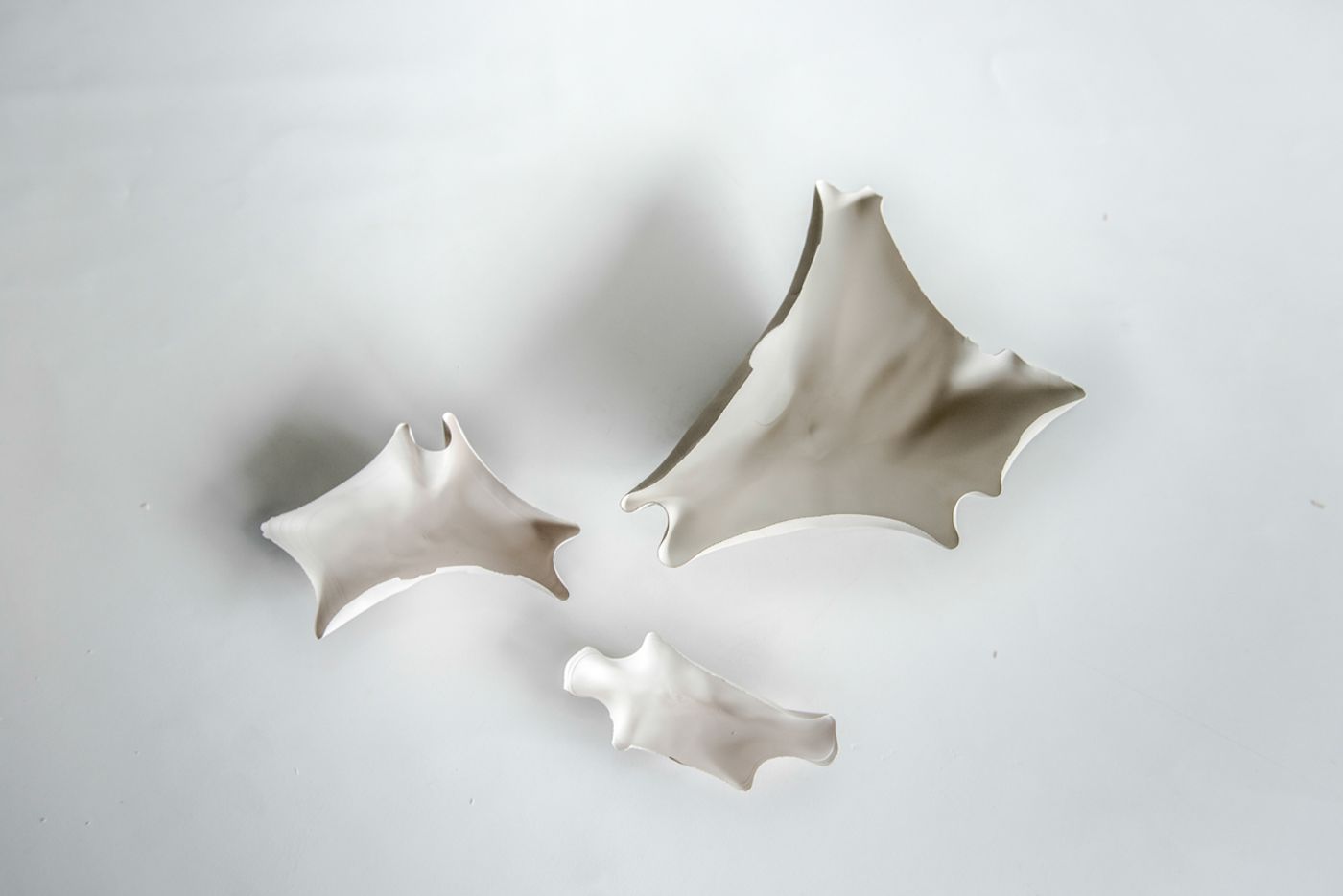
Photo © Victor Imperiale.
Parametric design, also called generative design, is a methodology for creating forms and objects in an indirect way. Instead of first drawing things on paper and making them afterwards, a parametric process would involve defining a set of parameters and algorithms in real time, thus affecting the final result in an intuitive way. This approach entails much more than just using advanced computer software to come up with fancy shapes – it is a holistic approach which acknowledges that natural materials and methods have an inherent complexity worth exploring. (You can read our recent article about the work of Tokujin Yoshioka for another example of this design philosophy.)
For the designers of gt2P studio, developing an analog method for parametric design allows for a combination of advanced computational logics with the joy of shaping physical objects in real time. As an analog interface, the CPP offers control over every parameter that defines the final pottery product, such as fluid weight, fabric tensions, position and the number of anchor points on various axes, drying time, type of material (ceramic, gres, porcelain, etc), water quantity, and thickness of shell.
As gt2P studio reports, mixing the above parameters in different ways offers endless possibilities for creating design objects where even larger scale objects can be produced such as tables, stools, and mirrors, through the use of wax instead of porcelain in ‘‘lost-wax casting processes’’ (ideal for moulding aluminum, brass, or copper). And with the knowledge that Antoni Gaudí used to make catenary models for his buildings, we can definitely see this methodology being used in much more than just object design.
[YatzerTip]: In the following video demonstrating the CPP machine, we see the designers going through the thoughtful, almost choreographed performance of making delicate porcelain bowls; just as inspiring as watching other traditional crafts, such as glass-blowing or the potter’s wheel, up close.
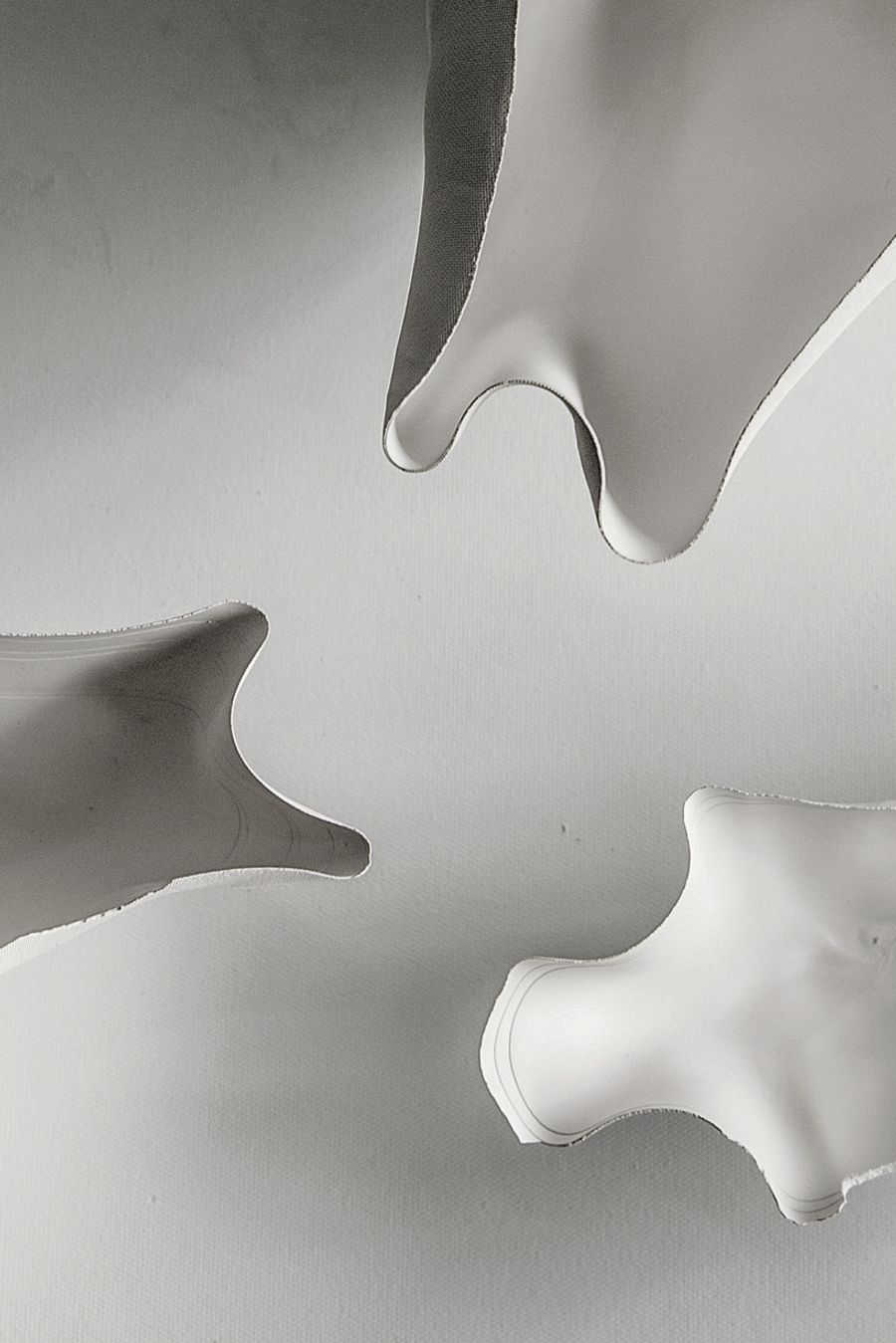
Photo © Victor Imperiale.
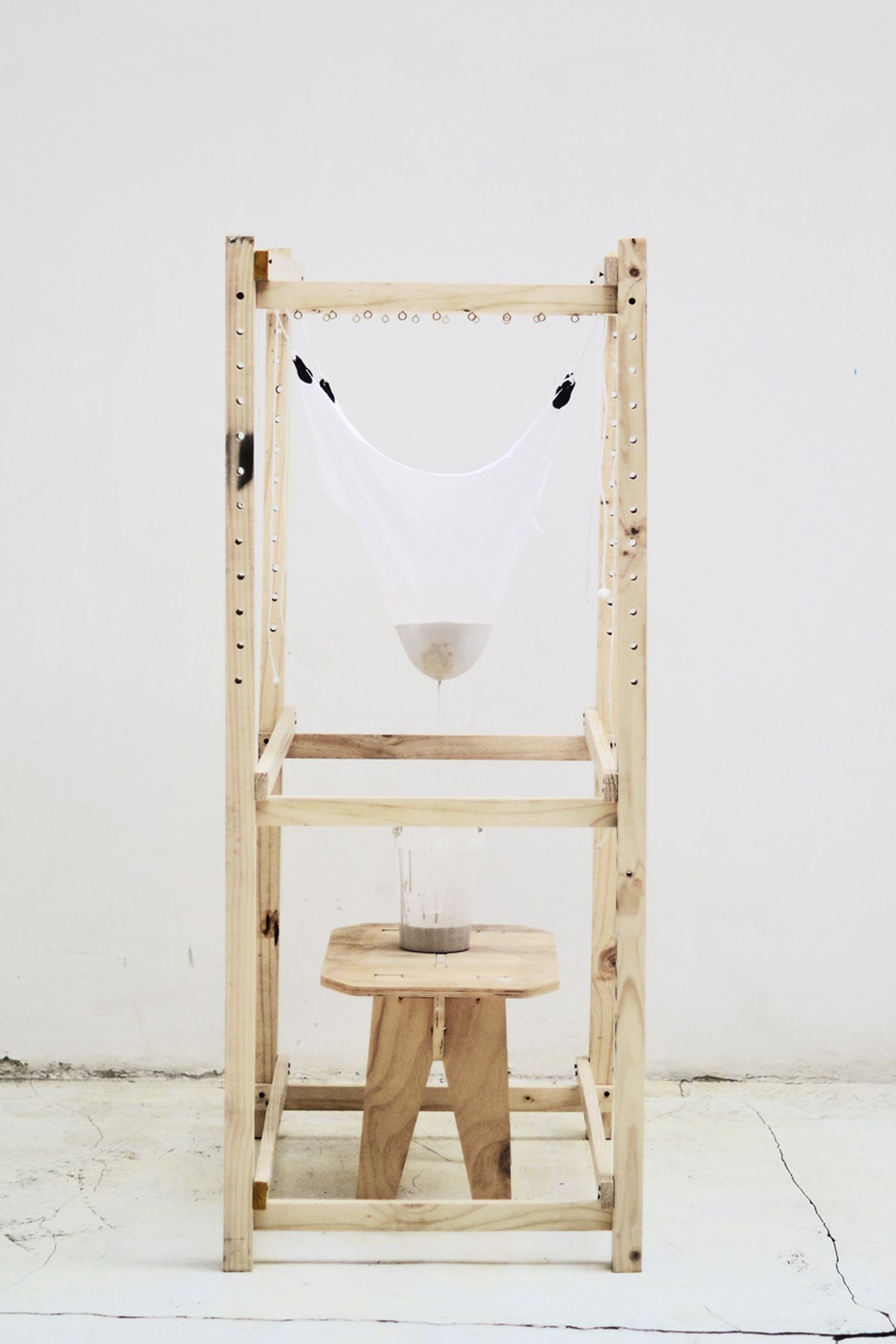
Photo © Victor Imperiale.
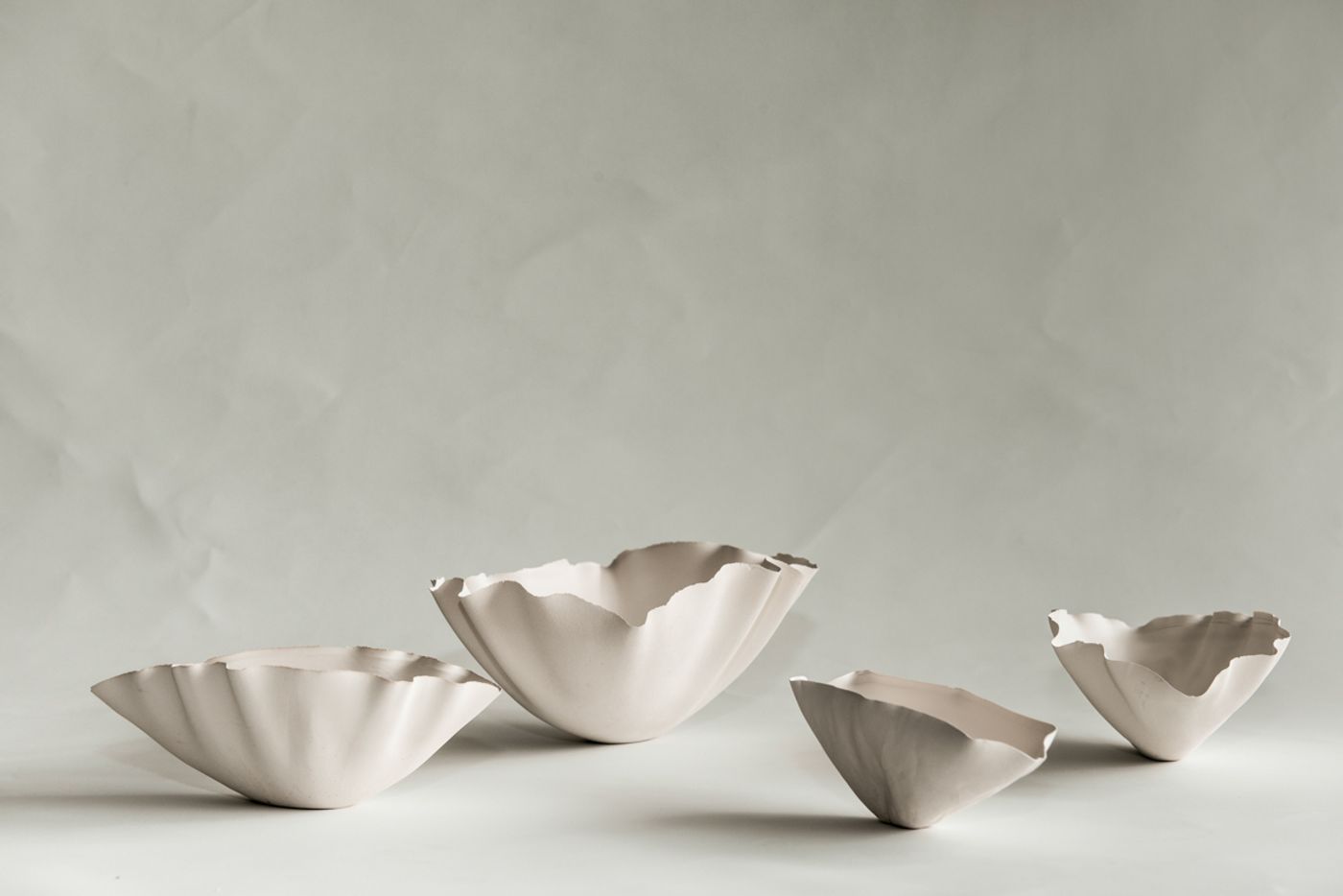
Photo © Victor Imperiale.